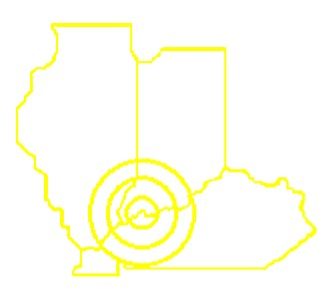
It’s no secret that I adore primary sources–those letters, diaries, and post cards that give historians and genealogists a glimpse of days gone by. Yet, all too often, these documents aren’t easy to read. Maybe a census taker sloppily penned down your grandmother’s name. Or maybe your uncle hastily jotted down his thoughts on the war during the 1940s. Perhaps the document you’re deciphering is much more recent, even a Christmas card from 2003. No matter the writing you’re looking to read, the tips below should help you in your deciphering documents journey!


Tip 1: When it comes to deciphering documents, I feel like I can’t say this enough times–slow down! All too often, everything in life can almost become like a race–a mad dash to the finish–and genealogy is included in this. As genealogists, we sometimes try to add as many family members to our blossoming family tree as possible, which often means we work as fast as we can to meet our goals.
That said, speeding through historic documents means that deciphering doesn’t become easier. Instead, it becomes much, much harder. If you take the time to slow down and read hand writing, focusing on each word without letting your eyes or mind jump ahead to the next sentence or page, you’ll likely found that deciphering documents is well within your reach. After all, genealogy is about the journey, not the destination–slow down and soak the details in!


Tip 2: While taking time in your search is vital, so too is comparing antique writing. If you’ve been breezily reading through a document–successfully deciphering nearly every word–and then come across a word or sentence that gives you pause, it’s time to really compare! To decide just what the document says, compare the word that’s giving you trouble with the words that were easier to decipher.
Does what you believe is a “c” in this troublesome word line up with the word “cannon” you deciphered a few lines before? And does the potential “t” or “l” have a line through it, or just an accidental smudge on the paper? You can check out some of the other deciphered words featuring ts and ls (like lieutenant, which features a t and l!) to find out. When you compare everything–from dots and dashes to letters and numbers–chances are that pesky word or sentence won’t stump you any longer!


Tip 3: At this point in my career, I’ve come in contact with historical documents penned by people from a slew of backgrounds, both occupational and educational. I’ve quickly realized that writing skills doesn’t always fit into one’s occupation, but that doesn’t mean we shouldn’t still consider the person who’s writing the document. Oftentimes, someone from an impoverished background or home went to school a scant number of years, which means that their writing will likely show it.
So don’t get confused or disheartened if you find a document that, grammatically, makes zero sense. Instead, realize that oftentimes people spelled words exactly as they sounded. So if you’re confused by the word “whe,” realize that the intended word is likely “we.” Likewise, words like “mor” become “more,” “opurtunity” transforms into “opportunity,” and “wether” is now “weather.” Just because a word isn’t spelled correctly doesn’t mean the writer meant to use a different word. That’s why knowing a bit about the writer’s educational background or writing aptitude is important!


No matter whether you’ve read through 20 documents or 20,000, I hope that following the tips above help you in your search! The most important thing to remember is that we’re essentially history detectives. A detective’s first hunch on a case might not always be right, but still they keep digging, searching for answers. So the next time you encounter a document you just can’t decipher–and believe me, it will happen–breathe deep, compare writing, and consider the work’s author. You just might find that deciphering records, although not always easy, can quickly become a genealogists’ favorite past time!
Happy History Hunting!



